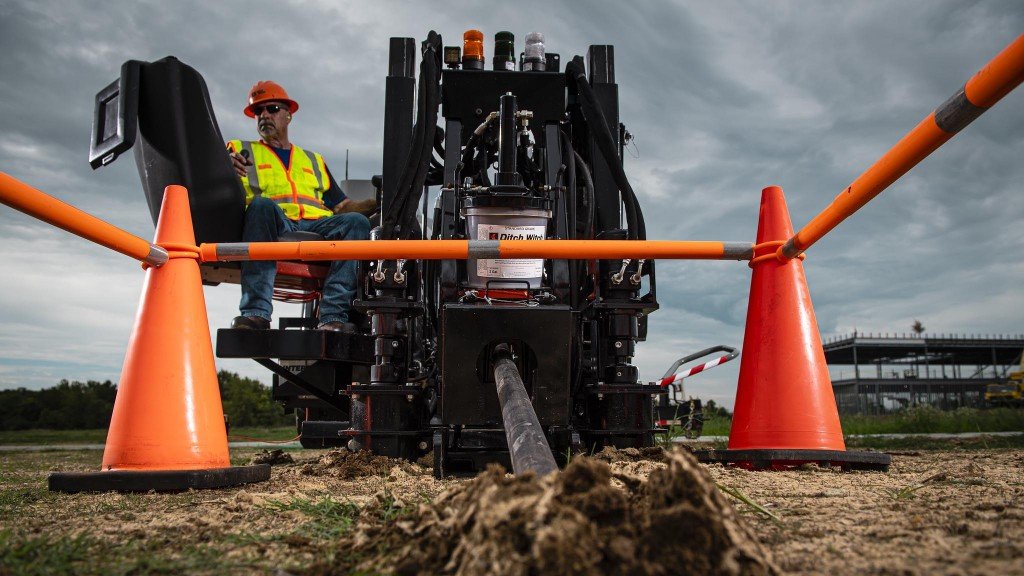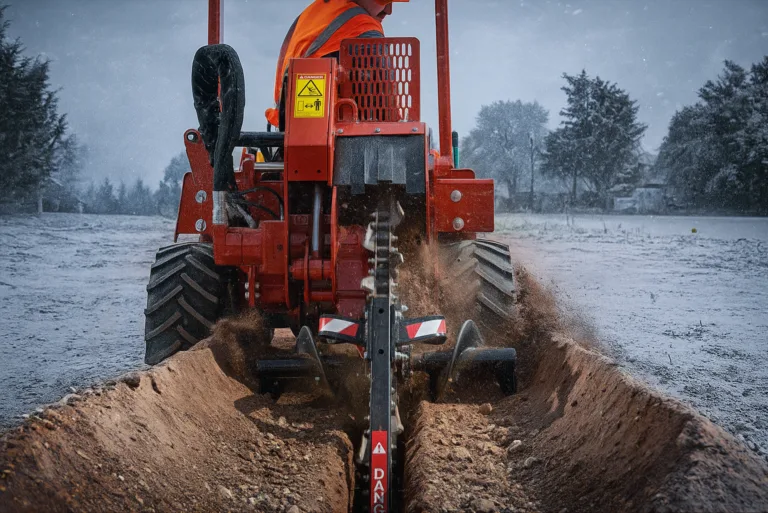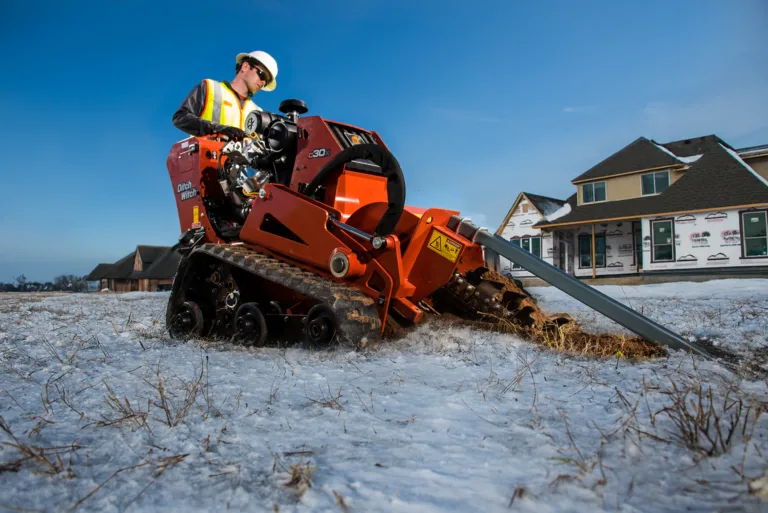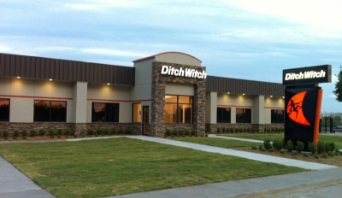From Heavy Equipment Magazine
North America has, through the COVID-19 pandemic, been reminded of the need for good, easily accessible internet services. A growing demand for remote services of all kinds, from e-commerce to education, is driving continued growth in internet installation. The backbone of that is fibre-optic cable, and contractors in urban and rural regions of the continent are busy trying to keep up.
Add to that the coming 5G networks, and the need for fibre installation – and the equipment that aids contractors to place that cable – remains strong.
Fibre-based telecommunications networks aren’t just about internet access; they are also being used for industrial applications and many others, relayed Steve Seabolt, product manager with Ditch Witch.
“At the core of fibre based networks originally was telecom, but as we moved away from a copper-based network. . . there were so many drivers beyond that,” Seabolt said. “We see large pipeline customers wanting to install fibre-optics within a close proximity to pipelines because it can be used as a sensing device. You can monitor for leaks, third party intrusion, or damage. It was a technology being used for border protection, smart highways and monitoring traffic patterns. There are lots of different applications.”
Much of the focus of fibre installation has been in urban areas thus far, especially with businesses driving for gigabit internet access and growing population densities as well as cellular and data networks in the drive toward 5G. Rural areas will continue to build out for quite some time to come, Seabolt projected, for both homeowners and large farming operations that have growing data needs as well.
Initially, fibre installation was focused on big trunk lines, but today with efforts to get fibre into households and businesses, installation efforts have become more challenging – and more precise.
“This latest boom, as we have added more capacity and attempt to connect every business and residence, has been a more blended approach. You get into confined spaces and more areas where either open cut is not acceptable due to traffic disruption, noise or dust, or you run into crowded easements where, in some neighborhoods, are under a sidewalk or a homeowner’s rose bushes,” Seabolt said. “Under the ground, there are already a number of utilities – it could be a quite congested easement already. So, directional drilling remains a huge part of that solution.”
HDD units are a key tool for fibre contractors as they are able to fit into those small spaces found in urban areas as well as manage rugged rural locations.
“We have machines with a more compact size that are still powerful enough to do longer shots and get beneath or navigate around those obstructions,” Seabolt said. “HammerHead piercing tools used for stitch boring – going from pit to pit under driveways and roads – are a quick, low-tech, fairly inexpensive, simple and reliable tool.”
Microtrenching has become a growing part of fibre installation work over the past decade, and the technique has evolved in the process. A narrow cutting wheel works along a path that is typically near the seam where asphalt meets curb, with a vacuum attached to scoop out spoils as they are dug, making for a clean, quick operation. A variety of depths and widths can be cut depending on the needs of the contractor.
“They can cut a very shallow, very narrow ditch, install, grout it and be gone – homeowners can back their car out over it, kids on bicycles and skateboards aren’t bothered by it,” Seabolt said. “That scales a bit as you get ISPs or cities that want to put in multiple ducts at deeper depths; you create a little more disruption but it’s nothing compared to traditional open cut, and with a lot less challenges for the contractor than working in the easement on the back side of the curb.”
Microtrenchers have become more advanced, adding hydraulic systems that aid in precision and down pressure, and blades have become a huge area of innovation, Seabolt noted, targeting more life and productivity.
In rural regions, installers have less concern with surface obstructions, leading to more traditional installation methods to some extent. “You’ll see a bigger drill, a bit of open cut trenching or rock sawing depending on the material, but more so vibratory plowing,” Seabolt said.
Vibratory plows are the predominant method for open cut work when installing telecom equipment, and in rural applications they are frequently used with larger ride-on tractors, especially quad-track machines.
“The quad track allows operators to work in more conditions and more frequently. It used to be where you didn’t go out and plow the day after it rained because your tires would slip – it’s a very high drawbar application,” Seabolt said. “These tracks add three tons to a 100 horsepower tractor, and it’s down low where the weight benefits you. And then of course you have the increased contact patch, which generates a lot more drawbar and work in more adverse conditions.”
With the advance toward 5G deployment continuing, installation contractors will continue to see business stay steady over the near future, Seabolt suggested – with some additional considerations.
“Those 5G networks, even though they’re wireless, still need towers and you need power to them, which we didn’t see as much before with 4G. When you get into power you need to have two feet of cover over the conduit in North America,” Seabolt said. “Where we were microtrenching to homes for data at a very shallow depth, most of the 5G applications need at least two feet of cover.”
Ditch Witch recently added a new microtrencher, the MT26, which offers 26 inches of digging depth to help make that easier, he noted. “It leverages a lot of things that we’ve learned with microtrenching – the shrouding, the blade technology, the use of vacuums to contain spoils and make it a fast, clean operation.”
Beyond 5G installation, Seabolt said contractors should expect to see more cable work to support advancements like smart cities and highways, fibre-optic sensing networks and more.”There are a lot of other potential applications that are continuing to drive cable and fibre installation,” Seabolt said.





